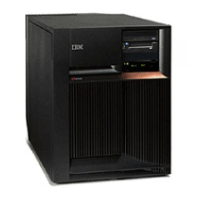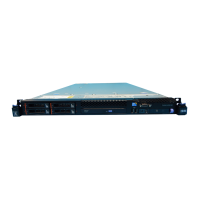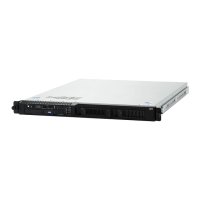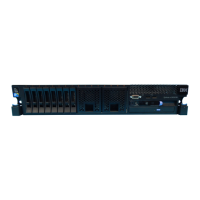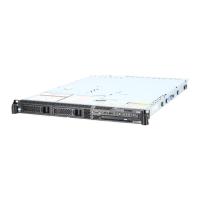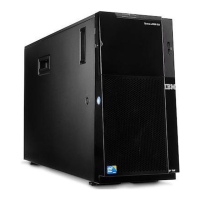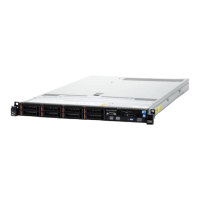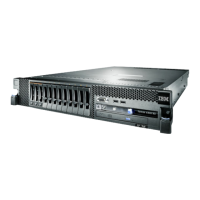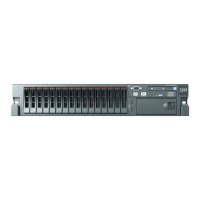This ends the procedure.
000A: There is a problem with a disk unit subsystem. As a result, there are
missing disk units in the system.
Use the Service Action Log to find system reference codes associated with the
missing disk units by changing the From: Date and Time on the Select Timeframe
display to a date and time prior to when the user attempted to vary on the IASP.
For information on how to use the Service Action Log, see “Using the Service
Action Log” on page 9.
This ends the procedure.
000B: Some system IOPs require cache storage be reclaimed.
Start SST. Reclaim the cache adapter card storage by performing the following:
1. Select the Work with disk units option.
2. Select the Work with disk unit recovery option.
3. Select the Reclaim IOP Cache Storage option.
4. Follow the on-line instructions to reclaim cache storage.
Note: The system operator may want to restore data from the most recent
saved tape after you complete the repair.
This ends the procedure.
000D: The system disk capacity has been exceeded.
For more information about disk capacity, see the iSeries 400 Handbook.
This ends the procedure.
000E: Start compression failure.
Select Manual mode and perform an IPL to DST (see ″Dedicated Service Tools
(DST)″ in the iSeries Service Functions information).
Correct the problem by doing the following:
1. Select the Work with disk units option.
2. Select the Work with disk unit recovery option.
3. Select the Recover from start compression failure option.
4. Follow the on-line instructions.
This ends the procedure.
002C: A Licensed Internal Code program error occurred.
Ask your next level of support for assistance.
This ends the procedure.
002D: The IASP configuration source disk unit data is down-level.
LIC PIPs
Chapter 3. Problem Isolation Procedures (PIPs), Failing Items, and Symbolic FRU Isolation 367
